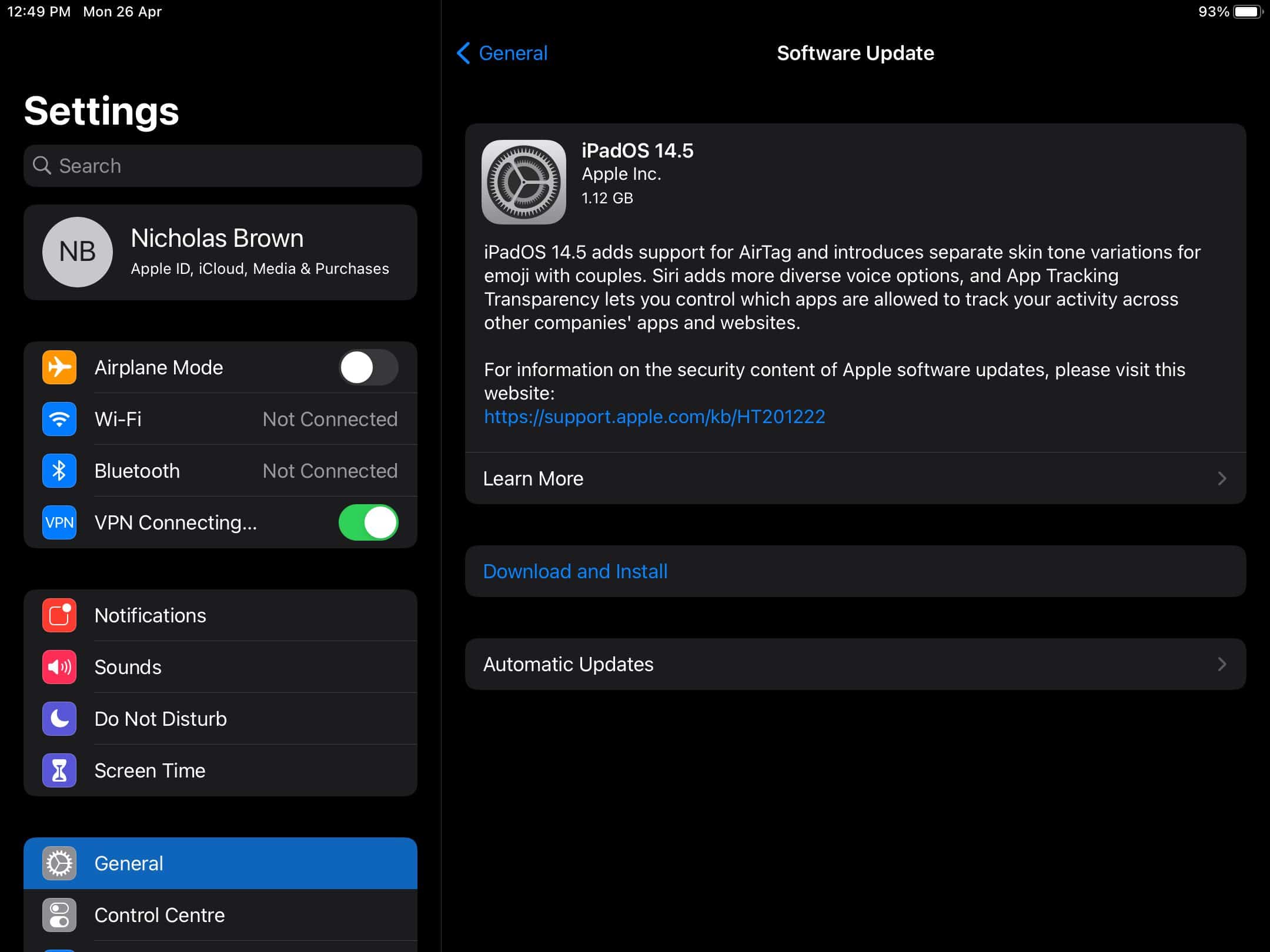Amazon Web Services, one of the largest web hosts in the world has announced that they are now offering blockchain templates for Ethereum and Hyperledger Fabric. This aims to make it easier for AWS users to deploy their own blockchain networks.
Ethereum is a global, blockchain-based decentralized app platform (DApp) on which people have deployed contracts, games, cryptocurrencies, lending platforms, among other software. Users pay for system resources (processing power) on the Ethereum network using the Ether token (symbol: ETH).
Blockchain, on the other hand is an immutable data storage concept that helps to facilitate the secure management of data by many parties, and with a reduced risk of data corruption. The immutability is not a disadvantage, but rather a benefit that makes blockchains highly tamper-evident and tamper-resistant.
Therefore, it’s no surprise that Amazon has hopped on the blockchain bandwagon, along with other large players such as IBM, Oracle, Toyota, JPMorgan Chase, Microsoft, Google, and many others. It’s likely that IBM’s investment in blockchain technology helped to motivate Amazon to get into it as well.
Decentralized blockchain app platforms such as Ethereum, EOS, and Cardano are challenging the notion that cloud hosting must be purchased from centralized providers such as Amazon. However, it’s still early!
There are scaling challenges facing the Ethereum network (which EOS and Cardano aim to solve), but it’s worth noting two massive implications it has already had:
- It has shown the world (and continues to) that you don’t have to build a data center or purchase a web hosting plan to launch an online business. Currently, online services operate by paying hosting fees, and then they have to make back the money spent on those fees via monetization. On Ethereum, it’s the users that pay for resources directly.
- It is powered by nodes and miners located across the entire planet, eliminating the need to purchase servers in multiple geographic locations to compensate for slow loading times (caused by the distance between the server and user).
- It is open source, and many who believe in alternatives to Ethereum’s PoW consensus, such as PoS have therefore been able to fork it and build those alternatives/put them to the test quickly. Open source technology fosters technological advancement.







